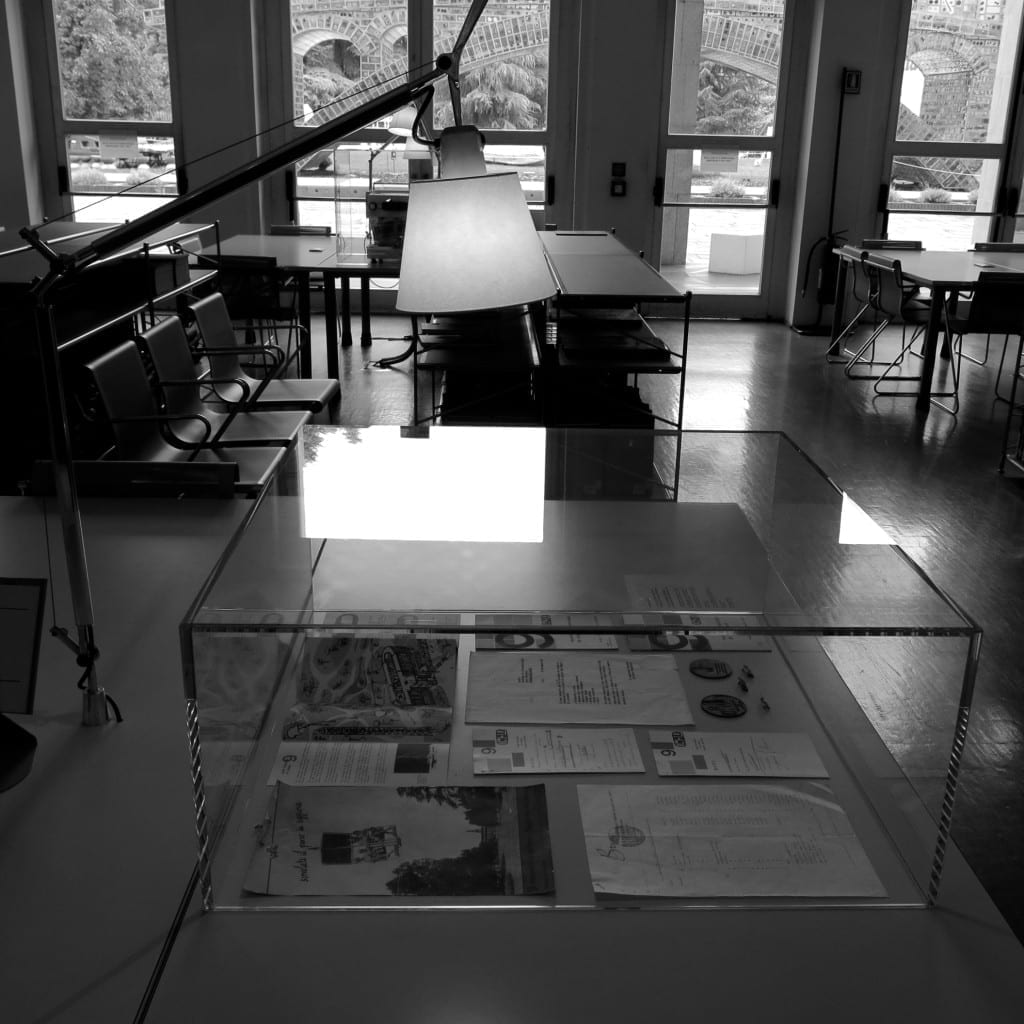With careful attention paid to its lighting and layout, the Milan Triennale Library and Archives, known as the Biblioteca del Progetto, is what you might expect of a space situated in an iconic cultural institute devoted to art and design. Since 2005, it has occupied the basement of the monumental Palazzo d’Arte in Milan, which was specially built between 1931 and 1933 to house the Triennale. The first exhibition of its kind in Italy dedicated to bringing together art, architecture and industrial design, the Triennale began as the Biennale of decorative arts in 1923 in nearby Monza before it was moved to Milan and renamed.
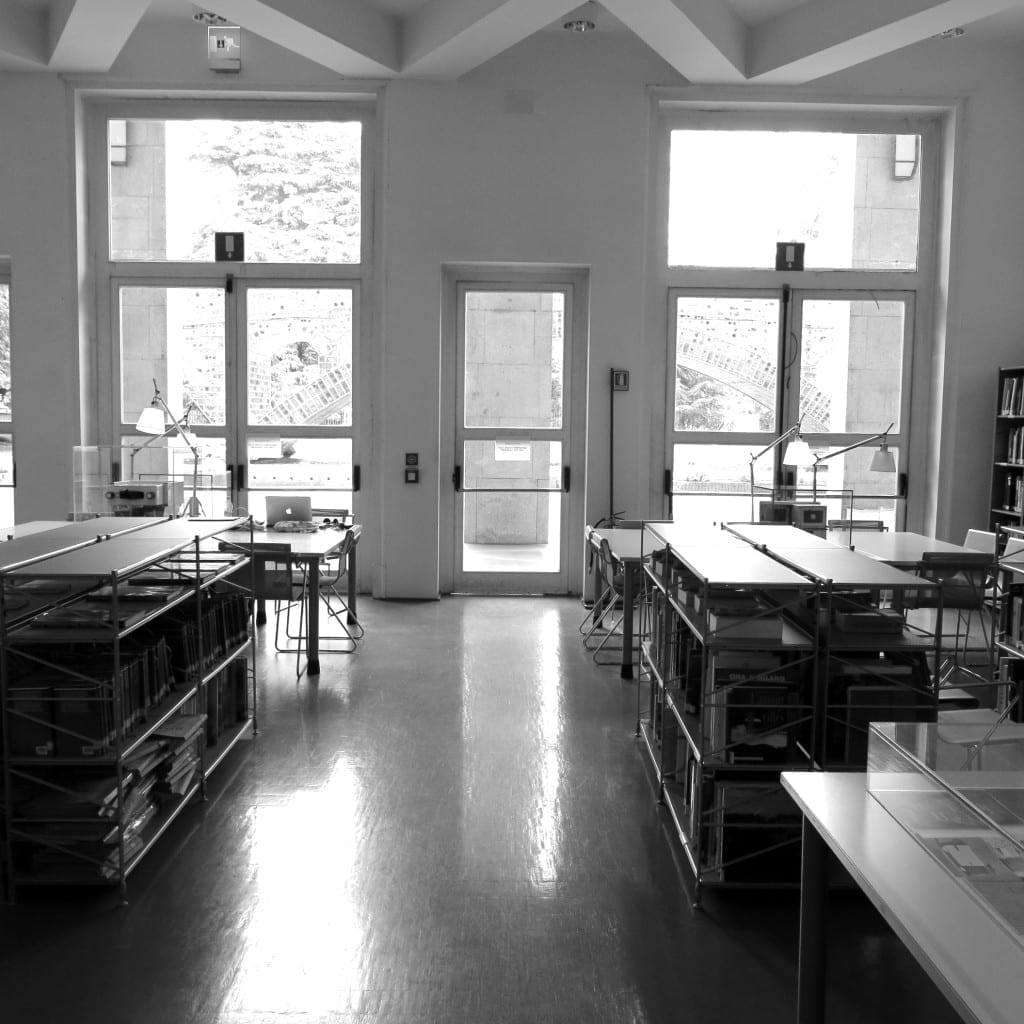
Run by a small team, the archive, which contains over 14,000 volumes, documents, objects, models and entire runs of journals, is the home of what was once the Research Center of the Milan Triennale. This latter dates back to 1935 when it was founded to keep a record of all the activities that took place under the auspices of the Triennale. Here you can find all official publications, catalogues and conference proceedings relating to each edition of the exhibition. The archive is organised into three sections – Audiovisual, Photographic, Historical – that together trace over eighty years of Italian modern art, architecture and design through thousands of photographs, digitised films, written documents and press cuttings.
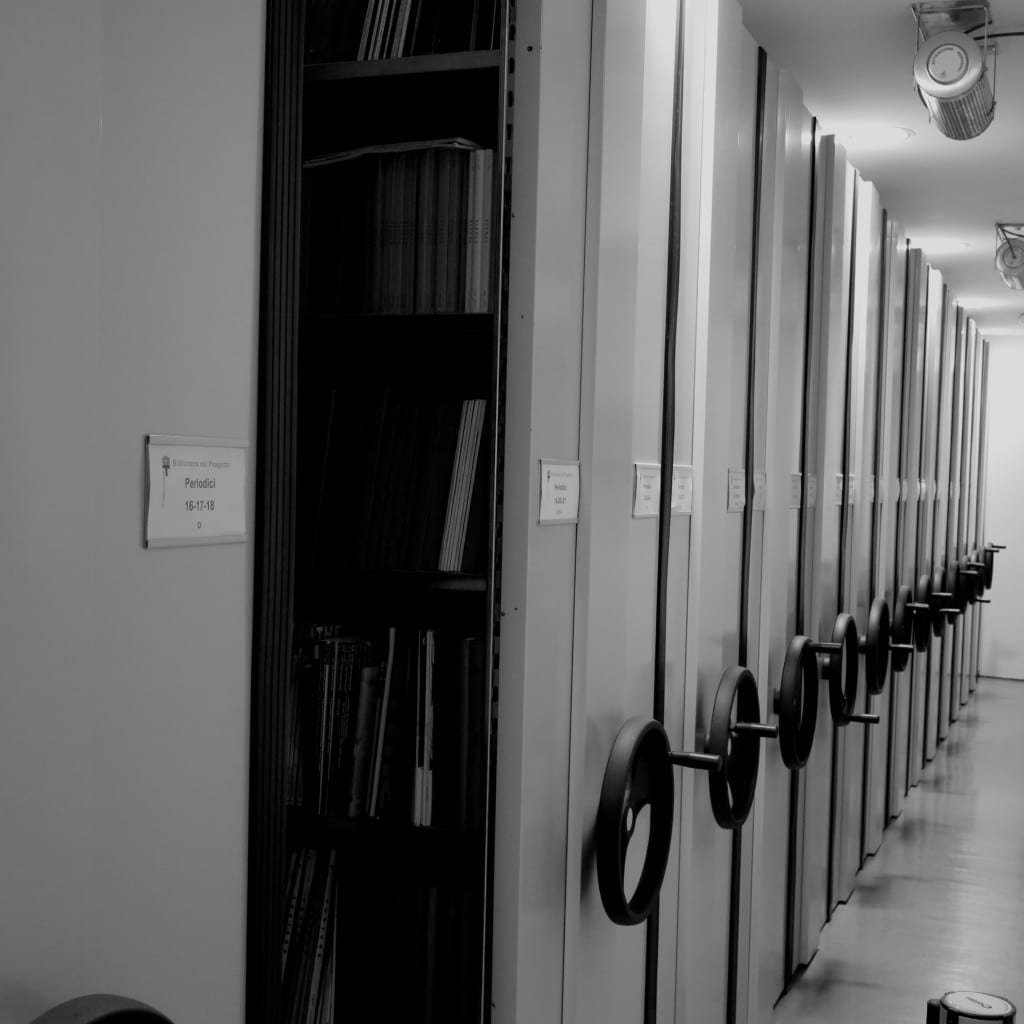
The archive has been an important first port of call for my CIMA Travel Fellowship. I am conducting research on the collaborations between artists and architecture in post-war Italy, in preparation for a book. Here at the archive, I am looking, for example, at the artist Gino Marotta’s Natural-Artificial (1968) environment, which was realized in collaboration with architects Cesare Casati and Emmanuele Ponzio for the 14th Milan Triennale, and at Bruno Munari’s Spazio Abitabile (1968), designed with architects Lorenzo Forges Davanzati and Piero Ranzani. The archive comprises a vast range of documents, including the typed minutes from board meetings, which reveal how important aspects of these exhibitions (such as the theme or the finalized participation list) were developed; the hand-written correspondence between architects and curators and even sources relating to untold histories of Italian modern art. Take the case of Il Nuovo Paesaggio (The New Landscape), a nation-wide exhibition envisaged for the 14th Milan Triennale in 1968; it was never realized due to the protests that resulted in the early closure of that edition of the Triennale. The archive has all been carefully organised and systematized into folders, and a database of the contents has also recently been created to make it easier for researchers to call up material from the thousands of available items.

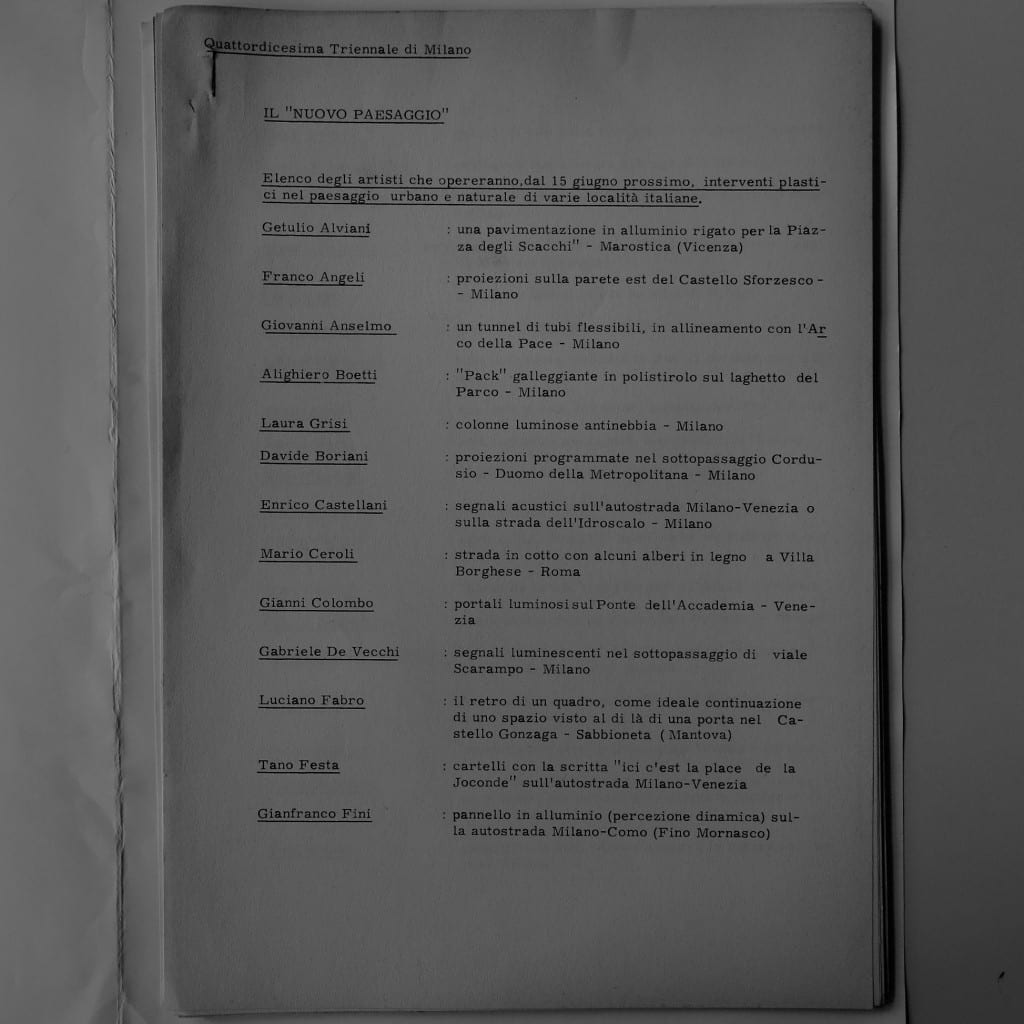
Additionally, the library contains the holdings of numerous archives that have been acquired by the Milan Triennale or donated to the library by architects, designers or cultural associations. Taken together these collections contribute hundreds of rare or unique records from key figures and works in the history of Italian modern art, architecture and design. There are the holdings of key journals such as Abitare, which detail the life and production of the magazine, complementing the run of issues housed in the library’s collection. Another important resource for my research, and for scholars interested in the history of environmental conservation in Italy, has been the archive of the Touring Club Italiano, which was central to the origins and development of an environmental awareness in Italy.
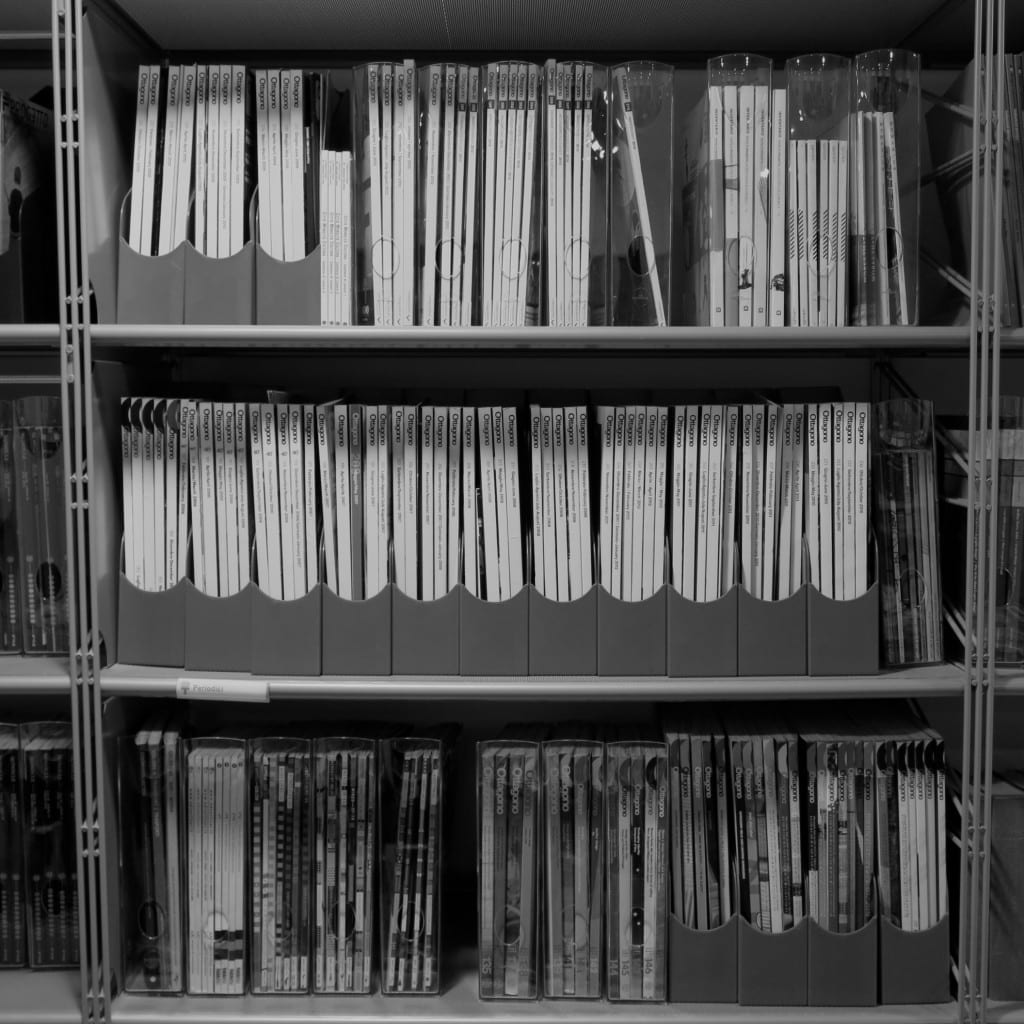
The library staff, keen to emphasize the continuing relevance of the historical material contained in the archive, regularly put together small displays. These photographs, books and objects are carefully chosen from the vast collection of material to resonate with the theme of the current exhibition being held upstairs in the main site. It is a wonderful opportunity for visitors that have wandered off course from the main exhibition route upstairs and especially for scholars like myself to peruse as they wait for documents to arrive.
